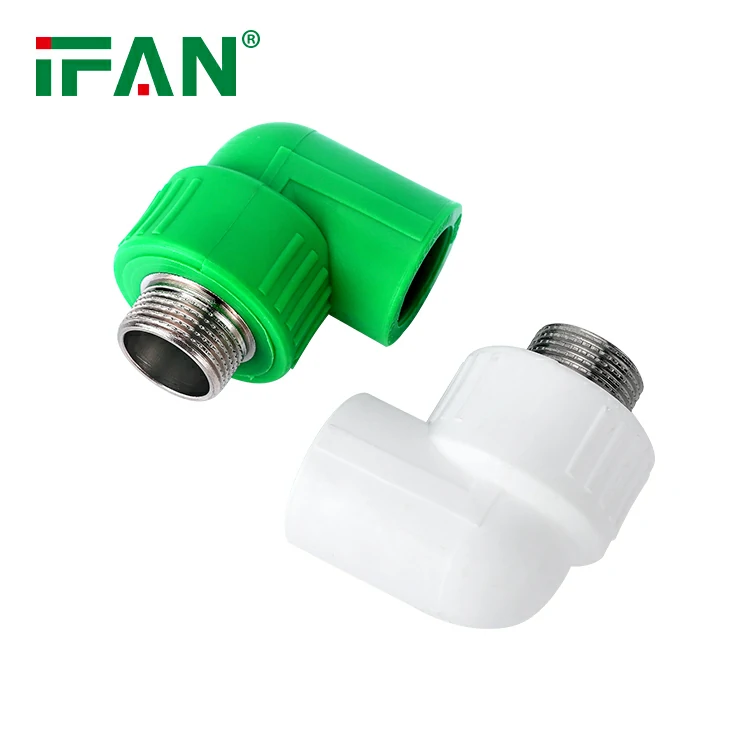Introduction to PPR 45° Elbow
PPR (Polypropylene Random Copolymer) 45° elbows are a crucial component in modern plumbing systems. Their unique design allows for smooth redirection of fluid flow, while maintaining optimal flow efficiency. This technical guide aims to provide plumbing professionals with a comprehensive understanding of PPR 45° elbows, their specifications, applications, and benefits.
What is a PPR 45° Elbow?
A PPR 45° elbow is a pipe fitting that joins two sections of pipe at a 45-degree angle. This angle allows for smooth redirection of fluid flow, minimizing turbulence and pressure drop. PPR 45° elbows are commonly used in plumbing systems where space is limited or when a gradual turn is required.

Specifications of PPR 45° Elbow
PPR 45° elbows are available in various sizes, ranging from 20mm to 160mm in diameter. They are designed to fit standard PPR pipe dimensions, ensuring compatibility and ease of installation. The elbows’ wall thickness and material density are carefully engineered to provide optimal strength and durability, while maintaining flexibility and corrosion resistance.
Applications of PPR 45° Elbow
PPR 45° elbows are widely used in residential, commercial, and industrial plumbing systems. In residential applications, they are commonly found in bathrooms, kitchens, and laundry rooms, where they are used to connect sinks, showers, and toilets. In commercial and industrial settings, PPR 45° elbows are used in process piping systems, heating and cooling systems, and other fluid transfer applications.

Benefits of Using PPR 45° Elbow
Smooth Flow: The 45-degree angle of the elbow provides a gradual turn that minimizes turbulence and pressure drop, ensuring smooth fluid flow.
Durability: PPR material is resistant to corrosion and chemical attack, ensuring long-lasting performance and durability.
Ease of Installation: PPR 45° elbows are designed to fit standard PPR pipe dimensions, simplifying installation and reducing the need for additional fittings or adapters.
Cost-Effectiveness: Compared to other materials, PPR is a cost-effective choice for plumbing systems, providing excellent value for money.
Conclusion
PPR 45° elbows are an essential component of modern plumbing systems. Their unique design and material properties ensure smooth fluid flow, durability, and ease of installation. By understanding the specifications, applications, and benefits of PPR 45° elbows, plumbing professionals can make informed decisions when selecting the right fittings for their projects.






